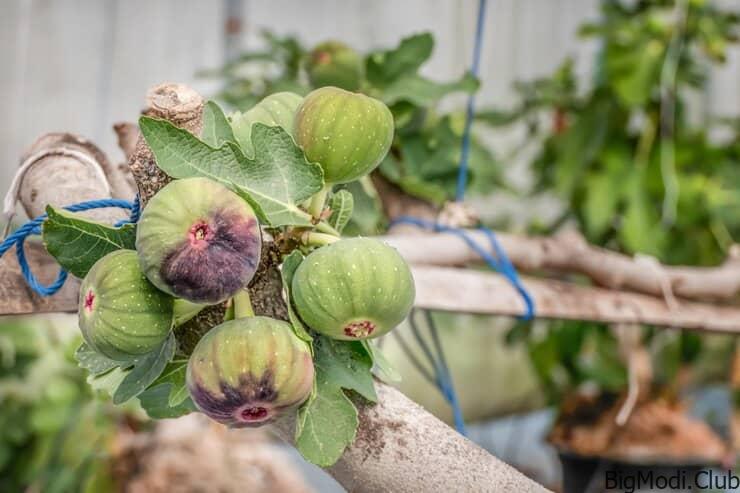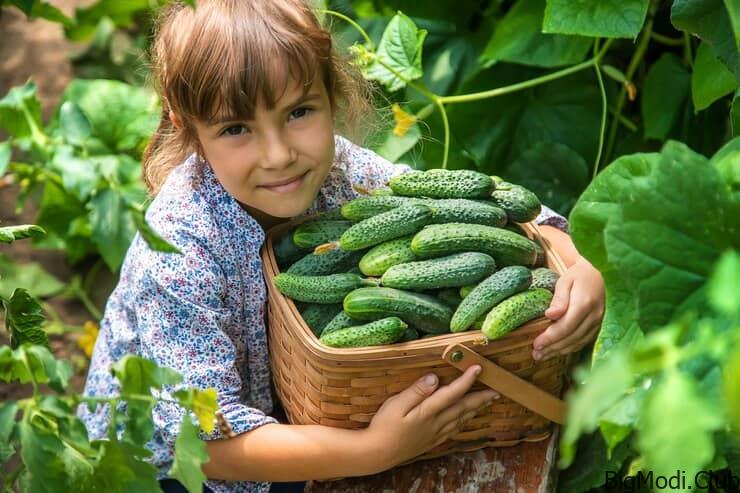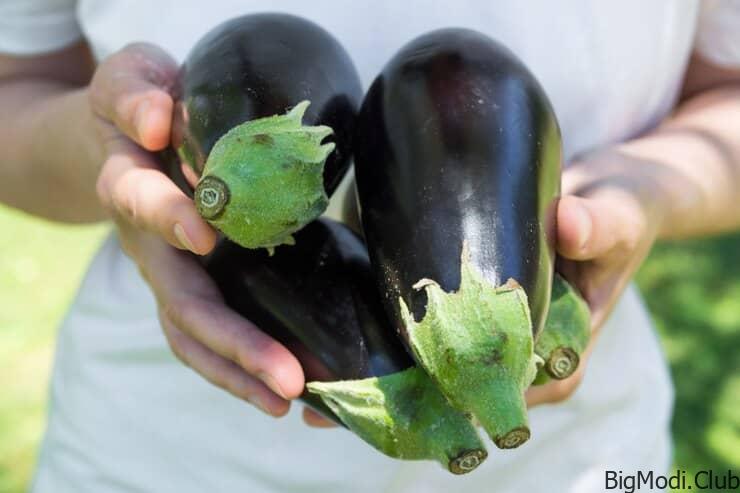Growing vegetables is a rewarding endeavor, and kailan, also known as Chinese broccoli, is no exception. This leafy green vegetable, prized for its delicate flavor and nutritional benefits, is surprisingly easy to cultivate. In this comprehensive guide, we will explore why you should start growing kailan using a method that maximizes yield, reduces effort, and ensures a bountiful harvest. By following our detailed steps, you will soon be enjoying fresh, homegrown kailan that is both delicious and nutritious.
What is Kailan?
Kailan, scientifically known as Brassica oleracea var. alboglabra, is a leafy green vegetable related to kale and broccoli. It is characterized by its thick stems, dark green leaves, and small white flowers. Unlike other greens, kailan offers a mild, slightly sweet flavor, making it a versatile ingredient in various dishes.
Nutritional Benefits of Kailan
Kailan is a powerhouse of nutrients. It is rich in vitamins A, C, and K, and provides a good source of dietary fiber, calcium, and iron. Consuming kailan can boost your immune system, improve bone health, and support overall well-being.
The Best Method to Grow Kailan
1. Selecting the Right Location
Choosing the right location is crucial for successful kailan cultivation. Kailan thrives in well-drained soil with plenty of sunlight. Ensure the selected spot receives at least 6-8 hours of direct sunlight daily. If you are growing kailan indoors or in a shaded area, consider using grow lights to supplement natural light.
2. Soil Preparation
Kailan grows best in fertile, loamy soil with a pH level between 6.0 and 7.5. To prepare the soil:
- Clear the Area: Remove any weeds or debris from the planting area.
- Till the Soil: Loosen the soil to a depth of 12-15 inches to enhance root penetration and aeration.
- Add Organic Matter: Incorporate well-rotted compost or manure to improve soil fertility and structure.
3. Planting Kailan
There are two primary methods for planting kailan: direct seeding and transplanting.
Direct Seeding
- Timing: Sow seeds in early spring or late summer for a fall harvest.
- Depth: Plant seeds 1/4 inch deep in rows spaced 12-18 inches apart.
- Thinning: Once seedlings are 2-3 inches tall, thin them to 6-12 inches apart to ensure adequate space for growth.
Transplanting
- Seed Starting: Start seeds indoors 4-6 weeks before the last frost date.
- Transplanting: When seedlings have at least two true leaves, transplant them outdoors, spacing them 6-12 inches apart in rows 12-18 inches apart.
4. Watering and Fertilization
Watering
Kailan requires consistent moisture for optimal growth. Water the plants deeply and regularly, keeping the soil evenly moist but not waterlogged. Mulching around the plants can help retain soil moisture and reduce the frequency of watering.
Fertilization
Fertilize kailan plants with a balanced, all-purpose fertilizer. Apply the fertilizer:
- At Planting: Mix a balanced fertilizer into the soil at the time of planting.
- During Growth: Side-dress the plants with additional fertilizer every 3-4 weeks.
5. Pest and Disease Management
Kailan is relatively resistant to pests and diseases, but it is not immune. Common issues include aphids, flea beetles, and cabbage worms. To manage pests:
- Hand-Picking: Inspect plants regularly and remove any visible pests by hand.
- Neem Oil: Apply neem oil or insecticidal soap to control aphids and other small insects.
- Row Covers: Use row covers to protect young plants from flea beetles and cabbage worms.
6. Harvesting Kailan
Kailan is ready for harvest when the leaves are large and tender, and before the flower buds open. Harvesting can begin as soon as 45-60 days after planting.
- Cutting: Use a sharp knife or scissors to cut the stems about 1 inch above the ground. Harvesting regularly encourages new growth and prolongs the harvest period.
Cooking and Enjoying Kailan
Kailan can be enjoyed in a variety of culinary preparations. Here are some popular methods:
Stir-Frying
Stir-frying kailan with garlic and a splash of soy sauce is a simple and delicious way to enjoy this vegetable. The high heat of stir-frying retains the vegetable’s crunch and vibrant color.
Steaming
Steaming kailan preserves its nutrients and natural flavor. Serve steamed kailan with a drizzle of oyster sauce for a traditional Chinese dish.
Adding to Soups and Noodles
Kailan can also be added to soups, stews, and noodle dishes. Its tender leaves and stems add a pleasant texture and flavor to broths and stir-fries.



